Having a sister with a long, successful career as a landscape architect has made it easy to have an ongoing conversation with Sally Farnum about design, client concerns and current issues. We are all especially interested in California’s water problem and wanted to find out how Sally is helping her clients address the issue.
Suzi: What have your clients have been asking about when it comes to water and their gardens?
Sally: Most of my clients are trying to be responsible when it comes to water usage in their landscape. They want to know if they need to take out their lawns, replace their flowering plants with desert plants and if it will still look pretty.
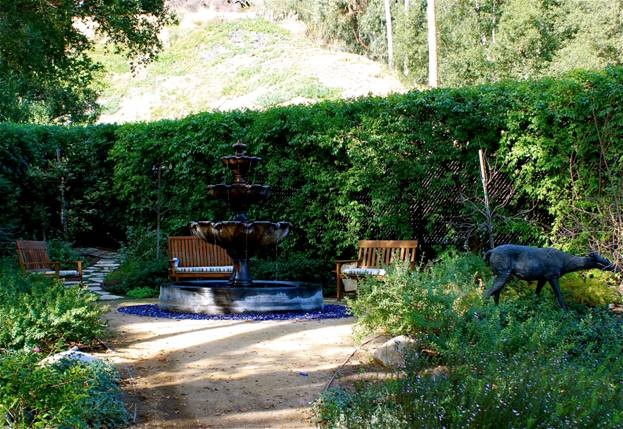
Suzi: How do you approach designing a plan that reflects water-consciousness but is still pretty?
Sally: I really work to combine good elements of design in all my plans: scale, balance, variety, form, line, texture and color. I like to use California natives, salvias, lavenders along with containers, sculpture and fountains. I suggest using decomposed granite and gravel and, really important, an extra-efficient irrigation system.
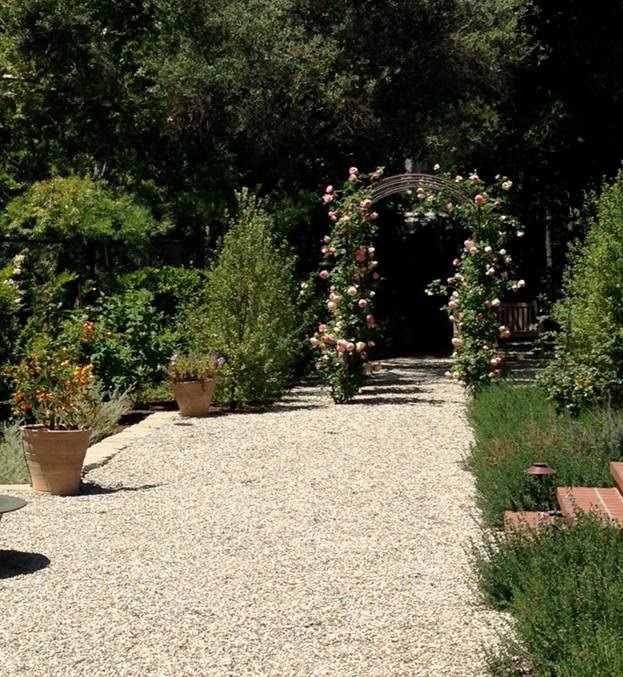
Suzi: How do you convince them that a huge, green lawn isn’t the best plan anymore
Sally: Most people are visually oriented, so to describe an idea in words alone doesn’t always convince them. I show them photos or have them visit other projects I have completed. But I don’t feel that it’s necessary to remove ALL lawn. Only 5% of residential water is used to keep lawns green and it contributes to cooling an area, cleaning the air and reduces noise. Grass in a front yard, used to fill space, should be eliminated.
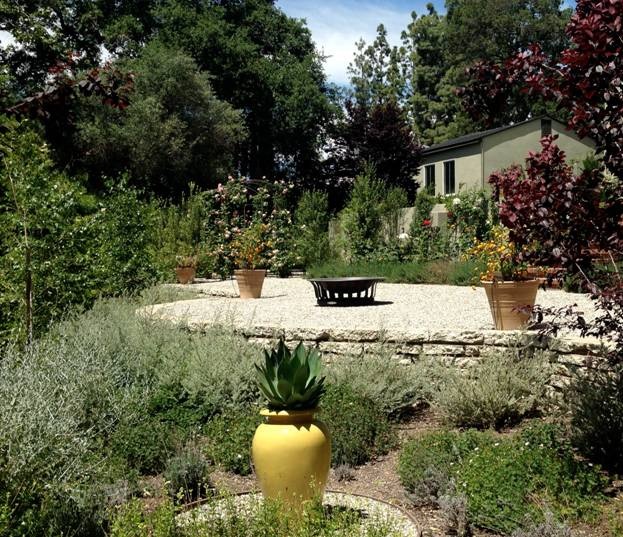
Suzi: Do you have a favorite or most challenging project which incorporated water-wise elements?
Sally: One of my favorite and most challenging designs is right across the street from my own home. Challenging because the home belongs to a friend and because I look at it most every day. My favorite because of the transformation from a front yard with a large asphalt driveway and lawn, to a garden with a walled-in gravel courtyard with a fountain and pots planted with flowering plants on the street side of the wall.
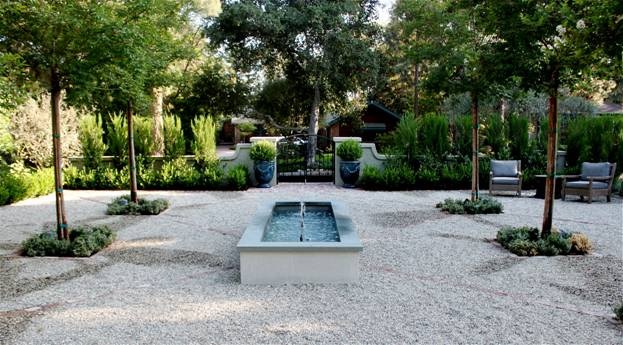
Suzi: How have you managed to change the way you designed in the past to meet the new challenges presented by the drought?
Sally: The challenges are mainly in working with my clients and helping them accept new plants and watering habits. Most plants will adapt to using less water, but people tend to water more than necessary. I haven’t changed the way I design, but I have changed the materials and plants I use.
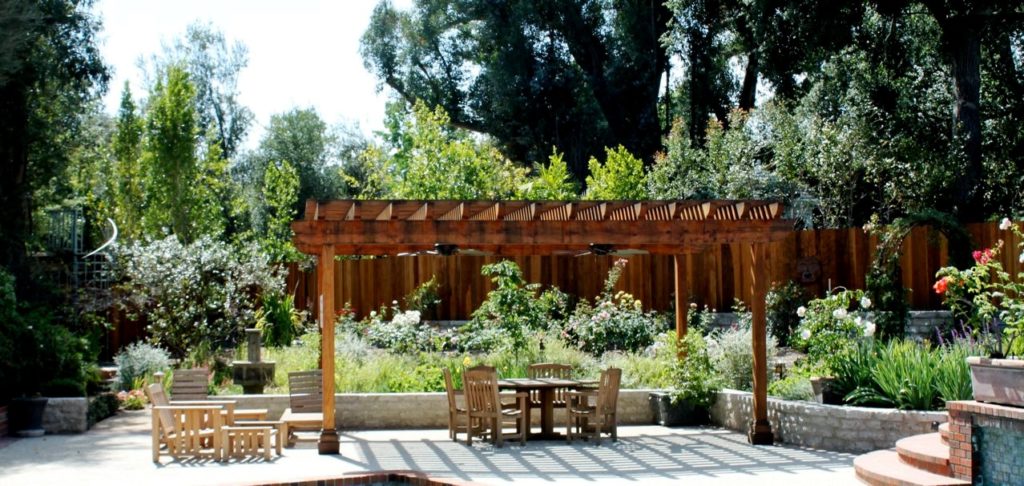
Suzi: Thanks, Sal. You’re always such a wealth of information, and a fine sister, too.
Sally: You’re not so bad yourself.






This is a very clear and concise discussion of a very important subject. Although I have practiced landscape design for almost 50 years in the Bahamas and Florida where the rainfall usually keeps us from having to be concerned about droughts, we still have a tendency to plan Xeriscape gardens because they make sense. Your photographs are exceptional and I will point them out to clients to show additional examples of how attractive a well planned drought tolerant garden can be.